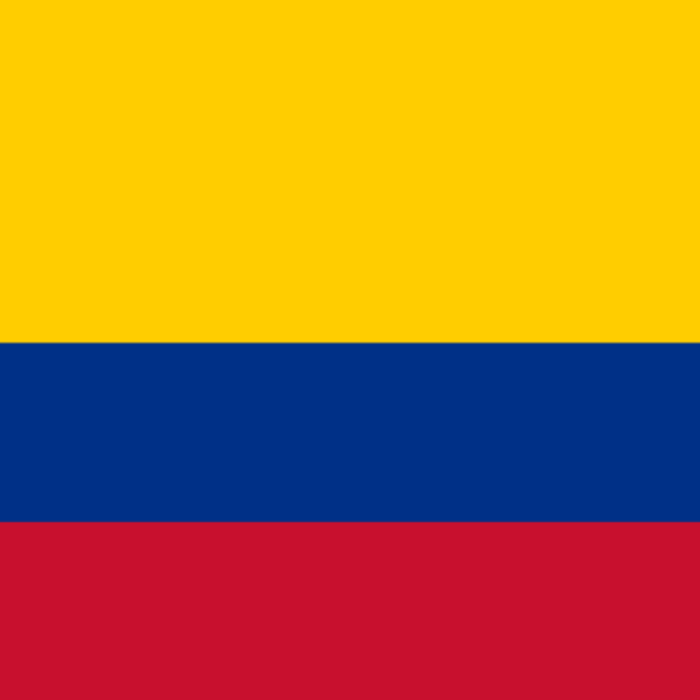jakafe
Colombia - Mil Granos de Oro - Washed
Colombia - Mil Granos de Oro - Washed
In stock
Prices are listed per 1kg excluding VAT and are subject to final approval.
GrainPro packaging 70 kg
The Macias family is based in central Huila. Three brothers – Ferney, Nelson and Oscar Macias – manage the coffee production on two farms: La Ceja and Mil Granos de Oro. This lot comes directly from the Mil Granos de Oro farm
Founded in 1999, La Ceja Farm covers 33 hectares and belongs to their mother Alicia. Of this, 22 hectares are dedicated to growing coffee, mainly Castillo, Colombia, F6 and Caturroa varieties. Mil Granos de Oro is located just a short distance from the main farm. Both farms have key infrastructure, including a cherry hopper, flotation pool, drying marquee and greenhouse. They are also used for experiments, such as fermenting coffee with cocoa beans.
As members of Coocentral, the Macias brothers actively participate in quality assessments, regularly cupping their own coffees and those of other producers. Ferney Macias also served as Coocentral's former plant manager and currently serves as the head of by-products.
Cherry picking
In the Huila region, coffee is harvested in 3 to 4 harvests. This means that workers pick ripe cherries in one part of the plantation and then wait for several weeks for a sufficient number of ripe cherries to appear again. Generally, the first and last harvests yield lower quality cherries, while the second and third harvests yield the highest quality, with higher ripeness and more consistent quality. These are the harvest stages we prefer when purchasing parchment coffee.
Processing
Coffee from the Huila region is generally fully washed, which includes dehulling and traditional fermentation. The exceptions are farms that use eco-dehullers that mechanically remove the slime, or experiment with honey processing, although this is not yet common here.
Washing and sorting
Coffee is commonly washed in large tanks or narrow channels, where light, unripe cherries – called floaters – are removed. If the farm does not have channels, washing takes place directly in the fermentation tank.
Drying
In the Huila region, small-scale farmers typically dry their coffee in the sun in parabolic dryers, which function similar to greenhouses. More experienced producers ensure that the drying areas are adequately ventilated.
Generally, farmers who can dry their coffee to below 11% moisture content within 10-18 days achieve excellent and consistent quality. However, drying in Huila is challenging due to high humidity and frequent rains. During drying, farmers hand-sort the parchment coffee to remove defective beans.
Thanks to premium purchase prices, producers can afford to invest in new dryers or modernize existing ones – for example, adding better ventilation or shading to slow down drying, which positively affects the flavor profile and stability of the coffee.
Flavor profile : Sweetness of grape wine, green mango, dried berries and milk chocolate.
Country of origin : Colombia
Region : Huila, El Pital
Farm : Thousand Golden Grains
Farmer : Nelson Macias
Altitude: 1600-1870 m above sea level
Variety : Castillo, Anacafe 14
Processing : Washed
Cupping Score : 86+
Crop: 24








Ask for quantity and price
Please also include the specific product you are interested in in the text.








